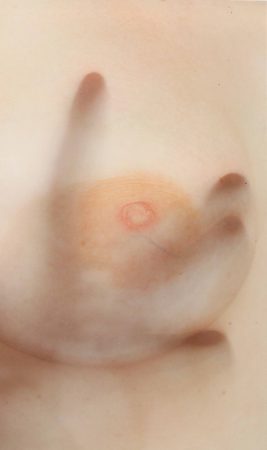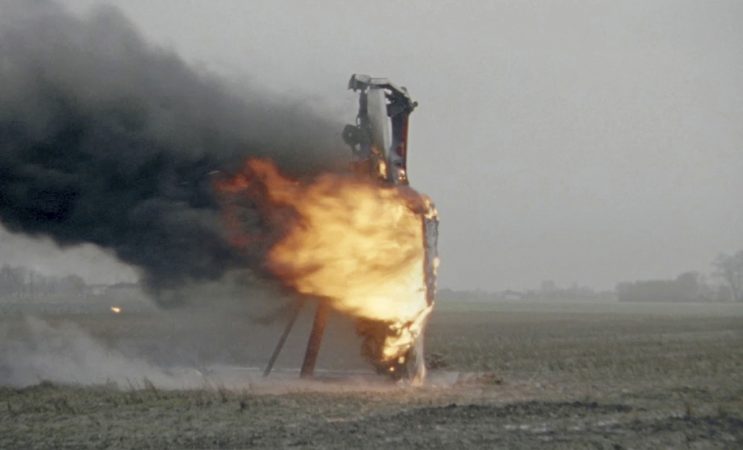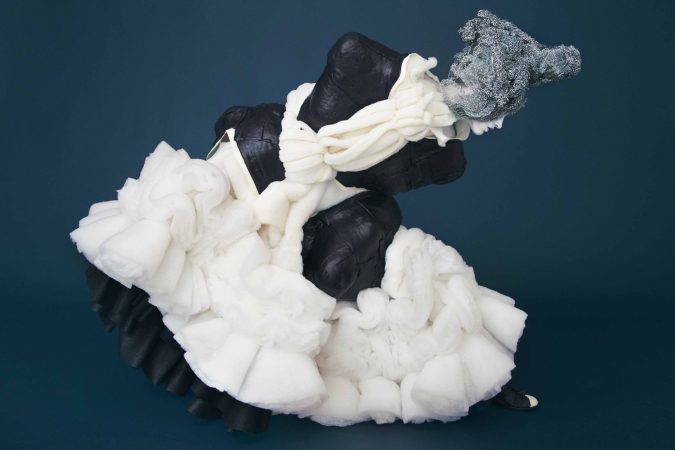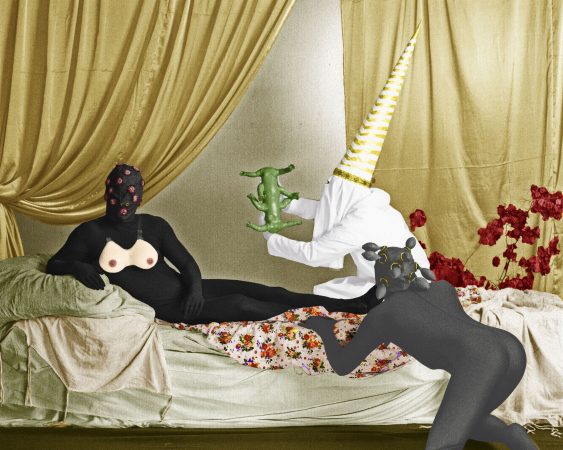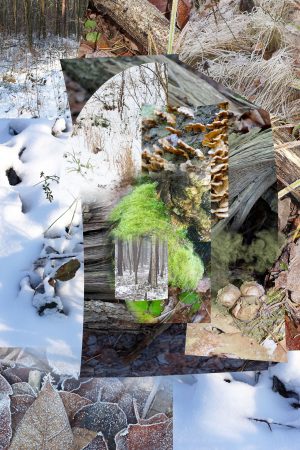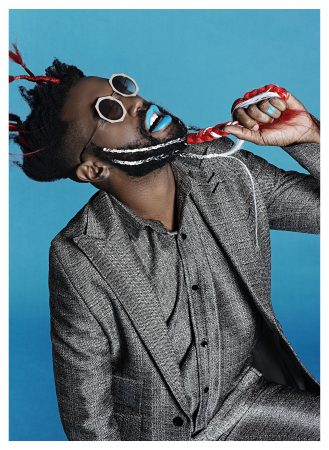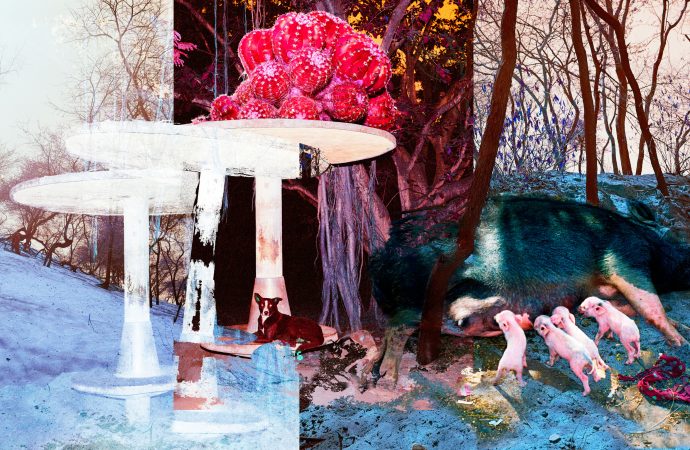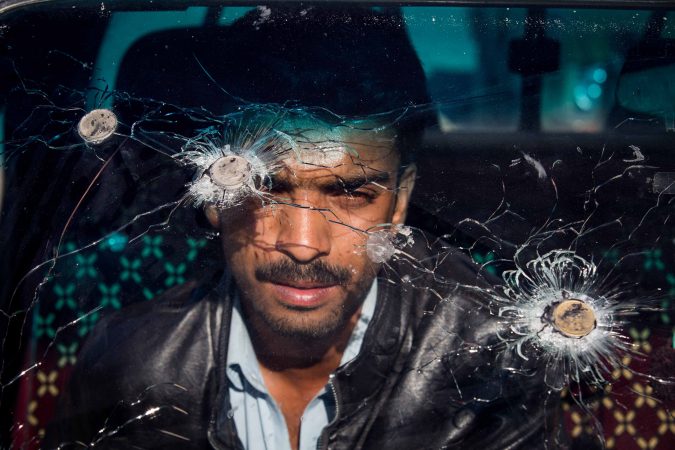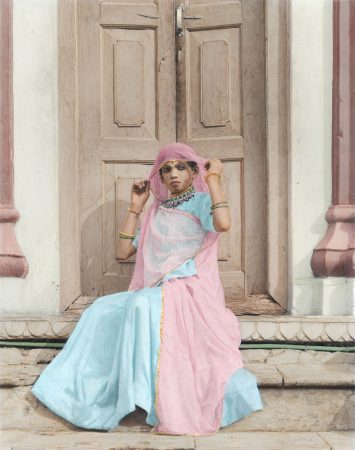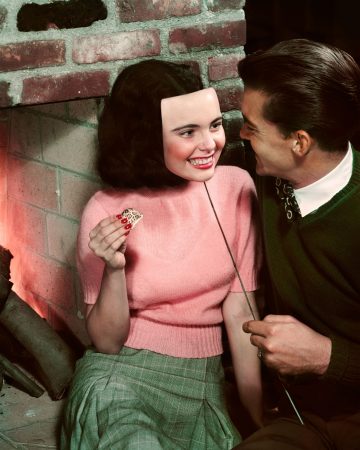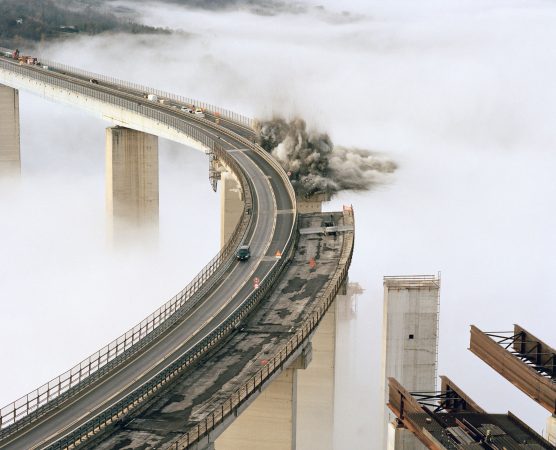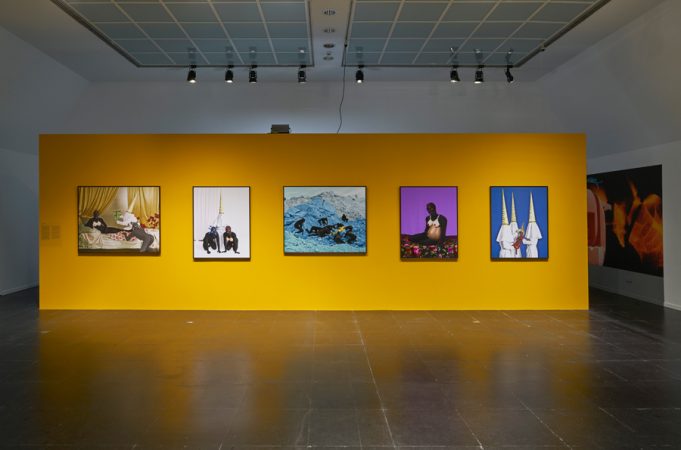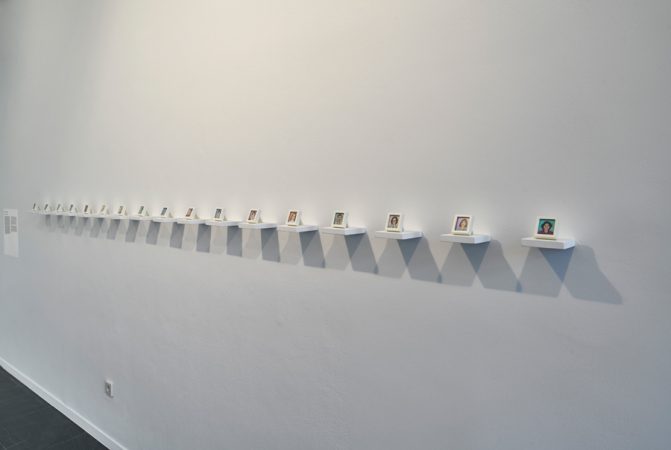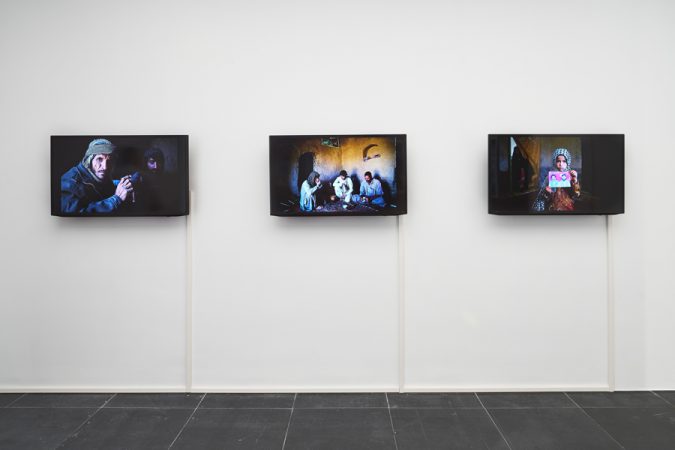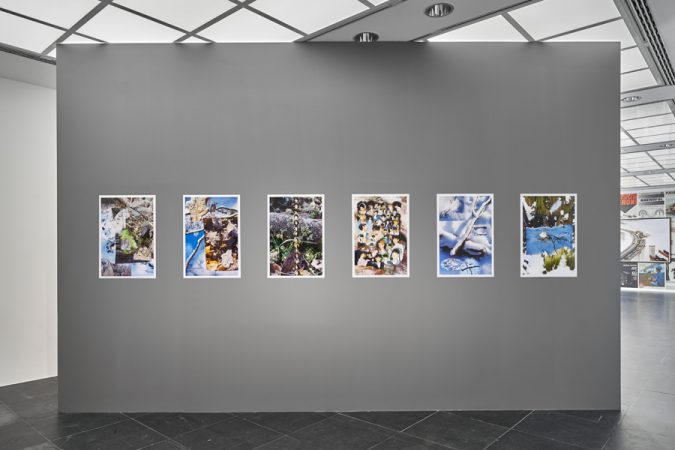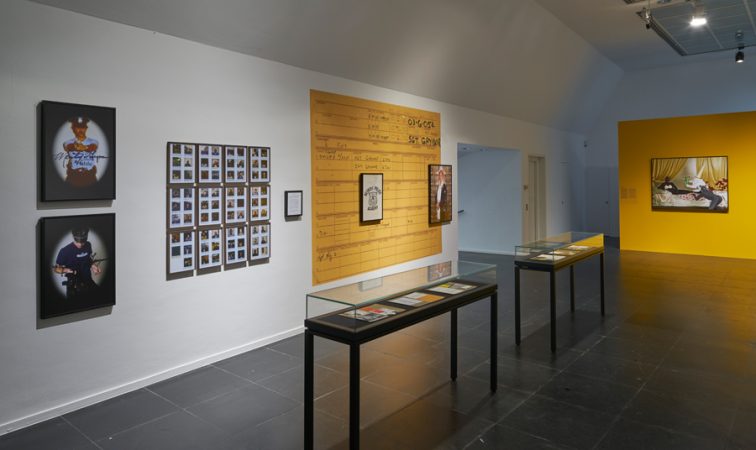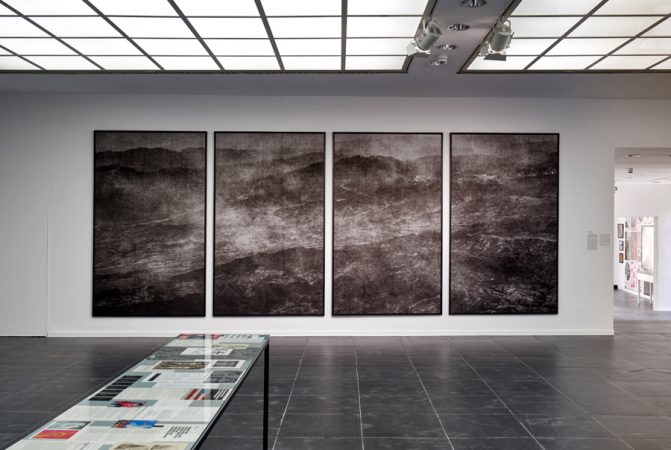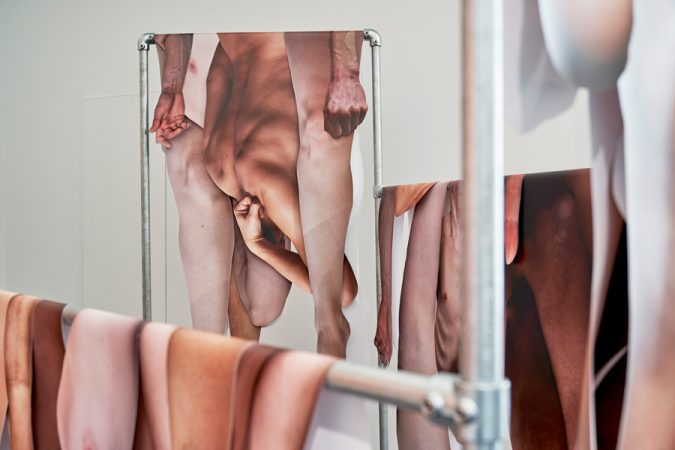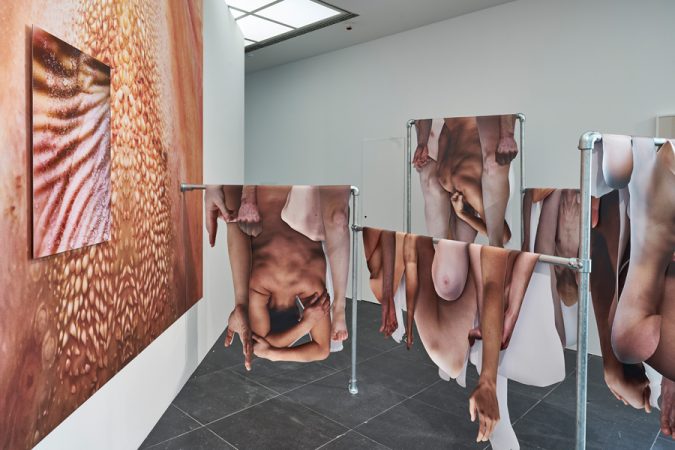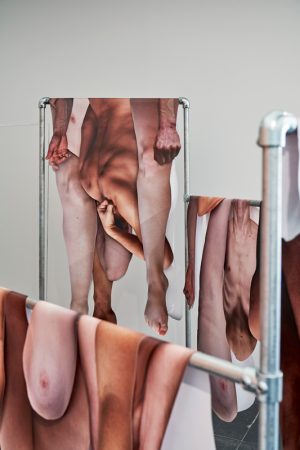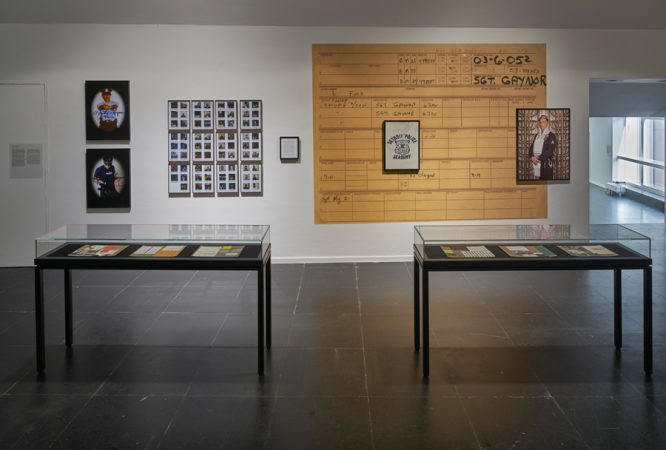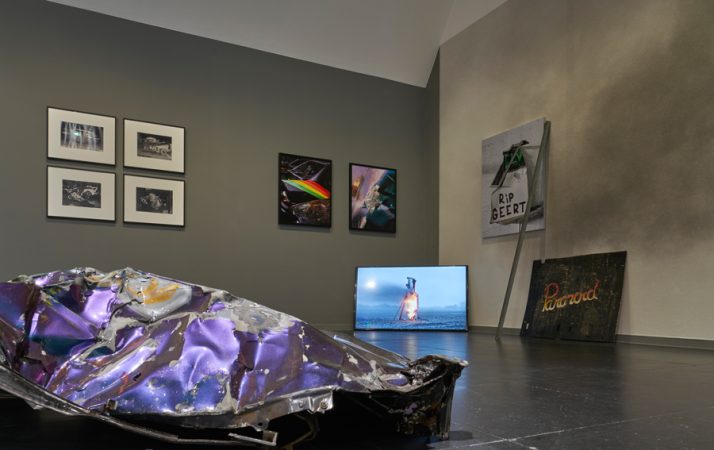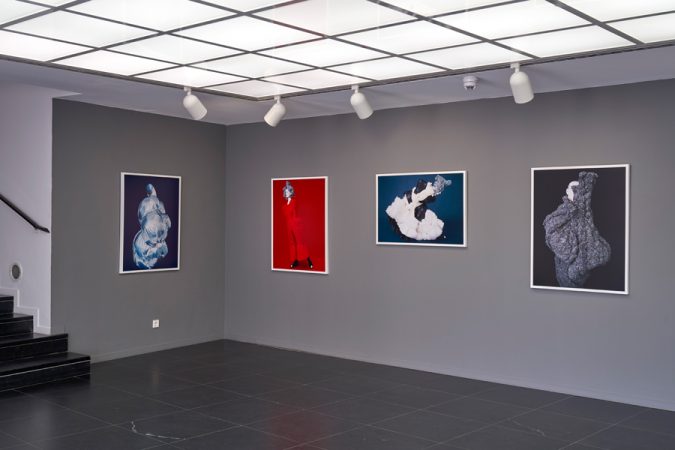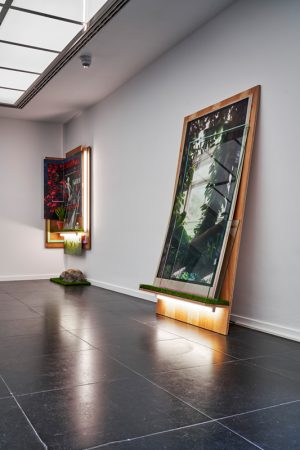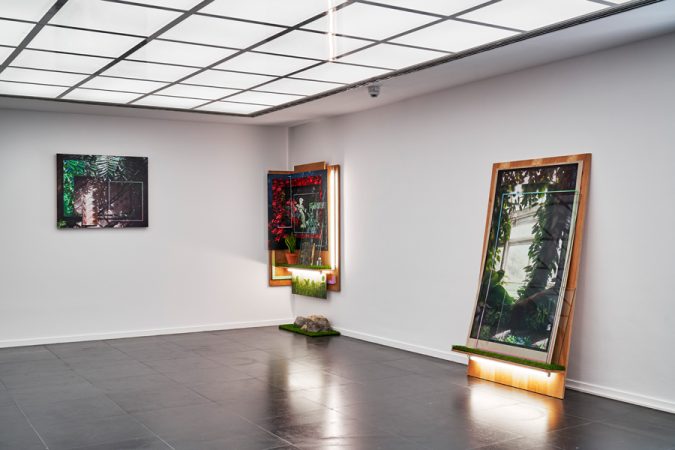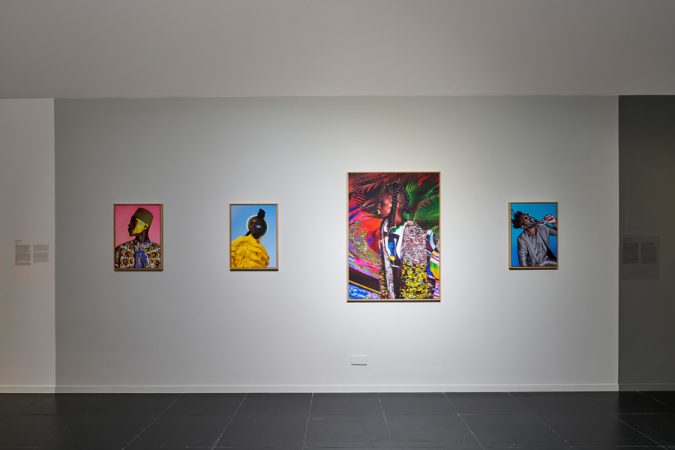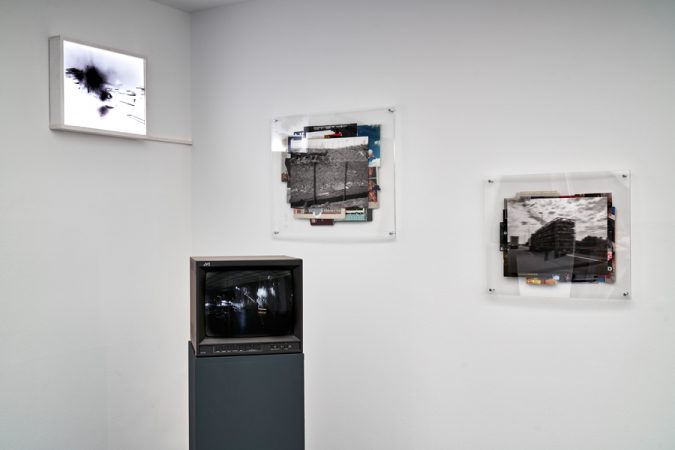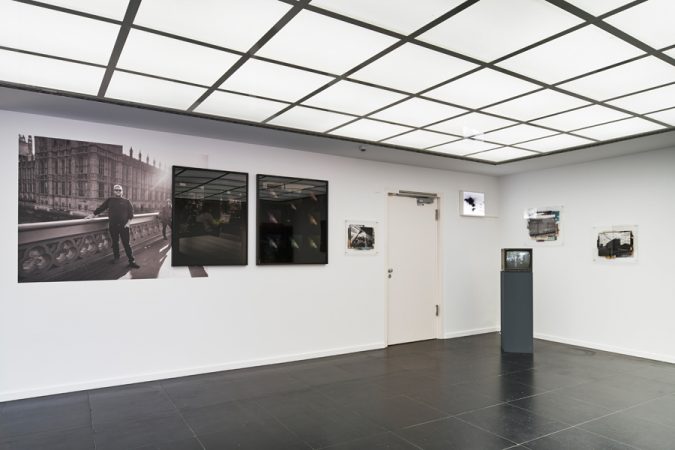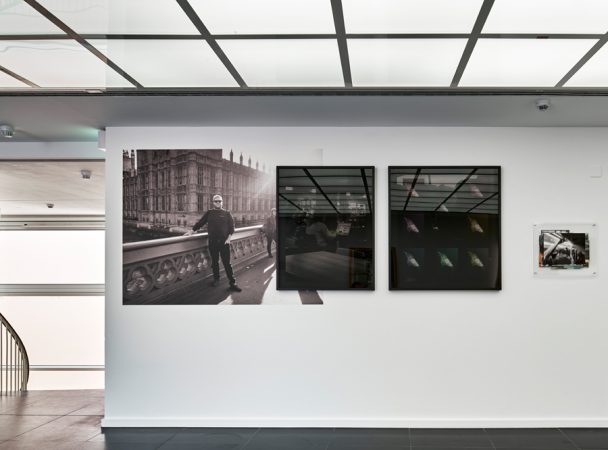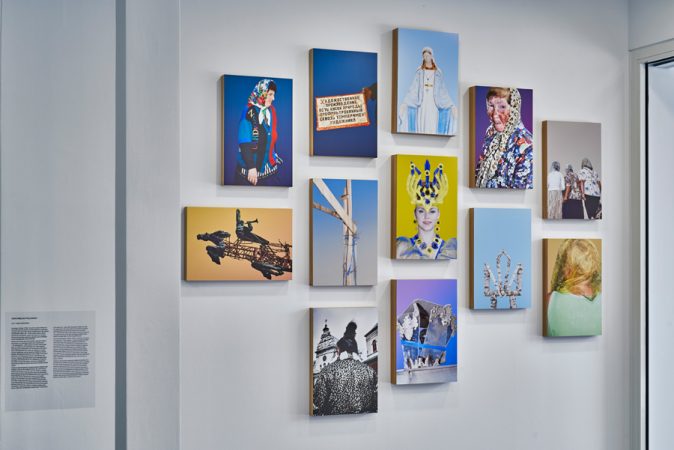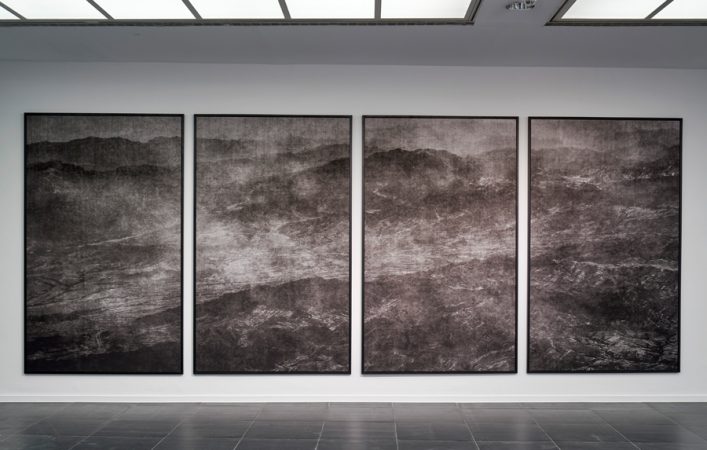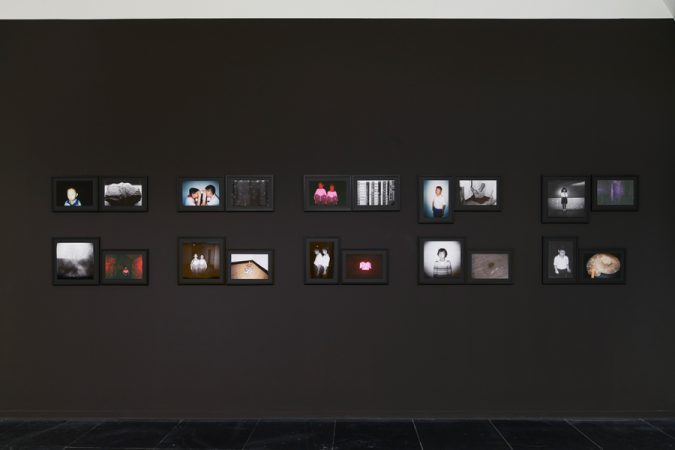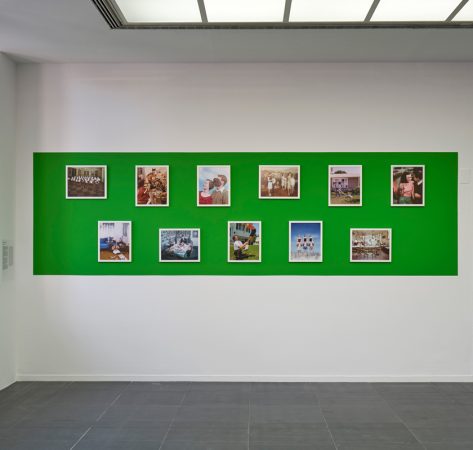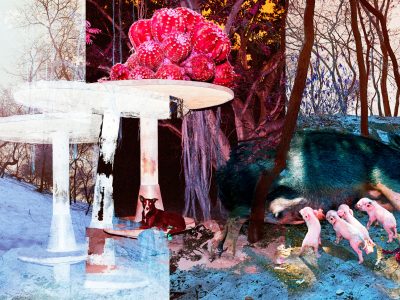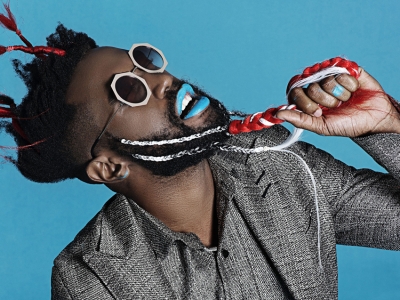Foam Talent | Frankfurt: Young International Photography
24.05.2018 — 26.08.2018
Opening: Wednesday, May 23, 2018
at 7 pm in the context of the photography rally RAY 2018 at the customs office (Domstrasse 3) /
from 8 pm in the Frankfurter Kunstverein (Markt 44)
With Sushant Chhabria, David De Beyter, Mark Village, Alinka Echeverría, Weronika Gęsicka, Wang Juyan, Thomas Kuijpers, Quentin Lacombe, Clément Lambelet, Namsa Leuba, Erik Madigan Heck, Alix Marie, Martin Errichiello & Filippo Menichetti, Wang Nan, Kai Oh , Viacheslav Poliakov, Ben Schonberger, Sadegh Souri, Harit Srikhao and Vasantha Yogananthan.
For the first time in Germany, the Frankfurter Kunstverein presents the internationally renowned, showcase exhibition Foam Talent in collaboration with Foam Fotografiemuseum Amsterdam. The exhibition is considered one of the most innovative formats for discovering emerging trends in photography.
It presents twenty young artists in comprehensive ensembles of works. These ensembles sketch out the image of a generation characterized by questioning everything from individual to collective identities, the effects of territorial conflict, subcultural phenomena, and the realm of possibilities within photographic production. A number of artists make use of anthropological methods and undergo intensive, long-term research for their projects. Others start with found materials from historical archives, private collections, and the Internet, which they use as raw materials for their artistic investigations. Other artists’ methods are characterized by activist approaches and strategies drawn from investigative journalism.
Their works deal with social fates and cultural differences, the human body and its representation, political surveillance, and the power of religious myths. Numerous works question the camera’s objectivity, addressing the ambiguity of the photographic image. In the context of “real fake” photographs and the moving image, not only the medium but also the notion of representing reality itself becomes a point of critical, even skeptical, observation among anyone who has taken on the task of trying to represent it.
The works brought together for the exhibition represent a renewed interest in the feedback of real conditions. They offer an inside view of subcultural phenomena, reflect on political implications and societal upheaval, and seek out the historical precedent for aspects of contemporary life. The twenty international artists have in common a search for the current limitations on and possibilities for expansion within photographic representation using available technical and digital means. They use found photographic material and reflect on archival content, they work with text and image as complementary elements, and they venture beyond the limits of traditional concepts of photography with sculptural installations and the incorporation of video works.
Foam Talent | Frankfurt offers a unique look at current artistic trends. It functions as a barometer for a medium in a constant state of change in the digital age.
SELECTED ARTISTS AND THEMES:
The Socially Critical View
Ukrainian photographer Viacheslav Poliakov tries to render visible the traces left in the wake of his country’s numerous political transformations. He portrays people, everyday objects, and the public and the private spheres by pushing them entirely outside of their normal context and posing them against brightly colored backgrounds. In so doing, he creates anthropological investigations of the eclecticism of a country that tries to claim an identity between Europe and the Soviet Union.
Martin Errichiello and Filippo Menichetti understand themselves as photographers as well as archeologists, geographers, and historians. The artist duo addresses the historical and political fractures that have shaped Italy since the 1960s. Numerous federal infrastructure projects were implemented in the years of economic upsurge, whose political-economic entanglements still remain opaque to this day. Out of a faith invested in a notion of progress and Modernity, entire landscapes and cultural regions underwent substantial, state-led alterations. The artists travelled along the Salerno – Reggio Calabria highway, which is an important axis of transportation in southern Italy and a part of the Autostrada del Sole. This stretch of highway provides the symbolic storyline for their multi-facetted project, which reveals parts of a concealed Italian history in an aesthetic of fractures and contrasts. The controlled demolition of the derelict highway bridge Viadotto Italia is at once a symbol of economic development and also political malfunctioning. It can be seen as a metaphor for failed utopia. This image supplies the motif for the entire exhibition.
The Female Gaze
Alix Marie works with extreme close-ups of human skin. She showcases the body’s surfaces, photographing fragments and enlarging them so that one can see the marks of force, wrinkles, and openings in the flesh. She produces the enlarged images on PVC film, which she layers onto metal bars like skinned flesh. She expands on the photographic image with sculptural and installation elements to create an artistic figuration of the human body in the exhibition space.
Photographs from United State image databases from 1950 to 1960s serve as the basis of Weronika Gęsicka’s artistic practice. She alters the found images by photographic distortion and digital disassociation so that stereotypes and outdated, traditional representations of women from the twentieth century become particularly visible.
Alinka Echeverría presents extensive research on the ways women have been represented as photographic subjects since the beginning of photography. To that end, she searched through the Musée Nicéphore Niépce Archive in France and exposes the dominant, colonial male view of women as exotic beings – disposable objects of pleasure that passively reveal the viewer’s gaze.
New Approaches to Documentary
David De Beyter is immersed in the community of “Big Bangers.” This community celebrates the destruction of cars in ritualized meetings that provoke violent accidents. De Beyter’s “car sculptures” make visible the practices of a subculture that takes place in secret and revolves around the glorification of destruction as a form of expression. His sculptures also make aesthetic references to art of the 1960s.
Over the course of four years, Sadegh Souri documented the illegal operations of diesel and paraffin smuggling in the border area between Iran and Pakistan. In so doing, the artist exposes the dangers of a culture of everyday violence. He pursues smugglers on their runs. The series of images provides a unique portrait of people as well as an impressive and sparse landscape. He shows this crisis region and war torn area as a legal vacuum in ways that are not captured in the media.
Digital Constructions
Quentin Lacombe questions the narrative possibilities within the photographic medium. He installs pinhole cameras in the countryside to record the variable light conditions that take place over an entire six month period. In addition, he collages science fiction motifs with astrological photographs from observatories in the aesthetic of futuristic theme parks, thus addressing the limits of photography’s physical, spacetime constellations.
Advances in image recognition analysis have led to increasingly automated forms of image processing. Clément Lambelet analyzes the image of the human in the age of machinic vision. Collateral Visions gathers photographic material, for which the question of authorship remains open. Found material from the Internet, transmissions from drone strikes, and human figures in body scanners reminiscent of Dürer’s Adam and Eve all serve to help the artist address questions of human representation in the age of surveillance and image recognition systems.
Thomas Kuijpers seeks out the effects of an economy of fear, operative in the world today. He enquires into the mechanisms of fear, how it emerges, and how it is reinforced through media. Kuijpers collects online posts and images from rightwing and islamist groups, clips images from magazines, takes photographs of found objects, and collages them all to form his installations. These assemblages function as archives and seismographs of the representation of fear and its visual rhetoric.
Mark Dorf addresses changes in and transformations of the concept of nature in the Anthropocene. He photographs plants and flowers in botanical gardens, bred in artificial facilities and planted in constructed biological ensembles. He digitally edits the images into three-dimensional works through gestures of doubling, superimposing, and layering digital collages of images with synthetic materials like particle board, plexiglass, and neon fluorescent lights.
Intercultural Identities
Namsa Leuba describes herself as a nomad. She travels between Africa and Europe, investigating Africa’s visual pop culture from the perspective of her bi-cultural identity. Her artistic approach involves documentary, fashion, and performance photography. For this series of works, she asked the younger generation of people in Lagos to enact their interpretation of the concept of fashion in front of the camera. The cultural interaction
between Western and African youth culture – reinforced by the media and digitally circulated in a constant process of change – serves as the foundation of Leuba’s visual investigation.
Korean artist Kai Oh’s work emerges from a longing for home and a sense of connection. She experiences herself as a stranger within the environment of her German residence. She seeks a place of refuge, which she finds in the sense of the originary in nature. Using digital collage techniques, she connects images of the German forest to images of her home country and the people that only remain present for her as memories.
Foam Talent | Frankfurt gathers twenty international photographers under the age of 35, selected from an applicant pool of 1,790 artist portfolios from 75 different countries by the Foam Amsterdam expert jury. Foam Talent’s format sketches an image of a young and international generation, characterizing the heterogeneity of the current state of photographic production and its preoccupations. A special issue of Foam Magazine accompanies the exhibition. Foam Talent was first shown in Amsterdam, followed by New York and London. It will now be exhibited in Frankfurt as the most comprehensive show to date in a specially designed presentation of all twenty artists.
The exhibition Foam Talent | Frankfurt is a collaboration with Foam Photography Museum Amsterdam. It is a partner project of the RAY 2018 Photography Triennial.

